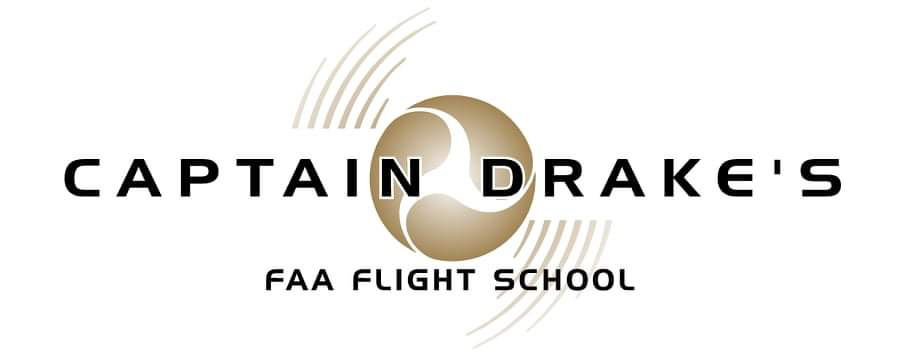Definition and FAA License Requirements
Light Sport Aircraft (LSA) is a category of small, lightweight aircraft that are simple to operate and maintain. They have gained popularity in recent years due to their affordability, fuel efficiency, and versatility. LSAs are typically used for recreational flying, flight training, and personal travel.
LSA Characteristics:
- Maximum Gross Takeoff Weight: LSAs cannot exceed a maximum gross takeoff weight of 1,320 pounds (600 kg) for land-based aircraft or 1,430 pounds (650 kg) for seaplanes.
- Seating Capacity: LSAs can accommodate no more than two occupants, including the pilot.
- Single Engine: LSAs must be equipped with a single, reciprocating engine.
- Fixed or Retractable Landing Gear: LSAs can have either fixed or retractable landing gear, depending on the specific aircraft type.
- Maximum Stall Speed: The maximum stall speed of an LSA cannot exceed 45 knots (51.8 mph or 83.3 km/h) in the aircraft’s most critical configuration.
- Maximum Level Flight Speed: The maximum level flight speed for LSAs cannot exceed 120 knots (138 mph or 222 km/h) at maximum continuous power.
FAA License Requirements:
To fly a Light Sport Aircraft, pilots must hold a Sport Pilot Certificate issued by the Federal Aviation Administration (FAA). The requirements for obtaining a Sport Pilot Certificate are as follows:
- Age: Applicants must be at least 17 years old (16 years old for gliders and balloons).
- Language Proficiency: Applicants must be able to read, speak, write, and understand English.
- Medical Fitness: While no formal medical certificate is required, pilots must self-certify their medical fitness by maintaining a valid U.S. driver’s license or obtaining an FAA Third-Class Medical Certificate.
- Ground Training: Applicants must complete a minimum of 15 hours of ground school training, covering topics such as regulations, airspace, navigation, and meteorology.
- Flight Training: Applicants must complete a minimum of 20 hours of flight training, including at least 15 hours of dual instruction with a certified flight instructor and at least 5 hours of solo flight time.
- Knowledge Test: Applicants must pass a written knowledge test administered by the FAA, covering a range of topics related to LSA operations.
- Practical Test: Finally, applicants must pass a practical test (checkride) with an FAA Designated Pilot Examiner (DPE), demonstrating their proficiency in operating an LSA.
Once these requirements are met, pilots will be granted a Sport Pilot Certificate, allowing them to fly Light Sport Aircraft within the limitations set by the FAA. The Sport Pilot Certificate offers a more accessible path to aviation for aspiring pilots, as it requires less training and fewer medical requirements compared to other pilot certifications, such as the Private Pilot Certificate.
